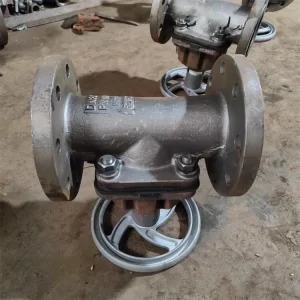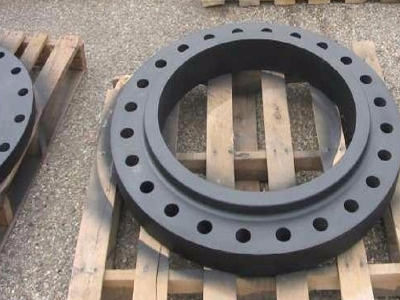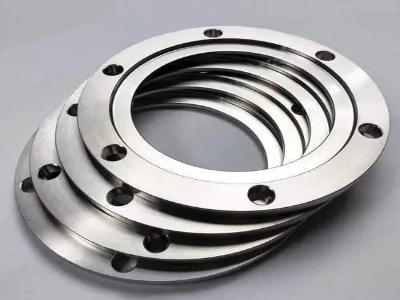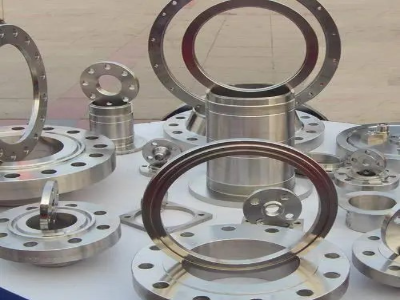
1、 The difference between valves and flanges
A valve is a device that opens and closes pipelines and controls medium flow. The main function of valves is to control the flow direction of the medium, regulate the flow rate, protect equipment and pipelines, and prevent contamination of the mixture. Valves are commonly used in liquid, gas, and steam pipelines.
A flange is a type of pipe connection method. It is a connection method consisting of two plate or disc shaped parts fastened with bolts. Use flanges to connect pipes and equipment in pipeline systems for easy disassembly and maintenance. Flanges are usually used on large pipelines.
2、 The difference between valves and flanges
1. Different functions
Valves are devices in pipeline systems that control the flow of media, while flanges are components that connect pipelines and are typically used for installation and maintenance of pipelines.
2. Different structures
3. Different usage scenarios
Valves are commonly used to control the flow direction and flow rate of liquids, gases, and vapors, making them widely used in industries such as pharmaceuticals, chemicals, petroleum, metallurgy, and power. And flanges are mainly used for large pipelines, such as oil and natural gas transmission pipelines.
4. Different applicable media
Valves are suitable for various liquid, gas, steam and other medium pipeline systems. And flanges are suitable for pipeline systems with different media such as water, air, gas, and steam, mainly used in industries such as pharmaceuticals, chemicals, and construction.
3、 How to choose valves and flanges
When selecting valves and flanges, multiple factors such as medium type, pressure, temperature, and pipeline size need to be considered to ensure the selection of suitable products. Select suitable valve types (such as globe valves, ball valves, butterfly valves, etc.) and specifications (such as diameter, material, pressure, etc.) based on the medium type and flow requirements, and choose suitable flange types (such as flange plates, flange sleeves, etc.) and specifications (such as nominal diameter, material, pressure, etc.) based on the pipeline size and connection method. At the same time, it is also necessary to pay attention to the operation guidelines during installation and maintenance to ensure the normal operation of valves and flanges.
【 Conclusion 】
Valves and flanges are commonly used connectors in pipeline systems, but their functions and usage scenarios are different. Choosing appropriate valves and flanges can not only ensure the normal operation of the pipeline system, but also improve the safety and stability of the pipeline



